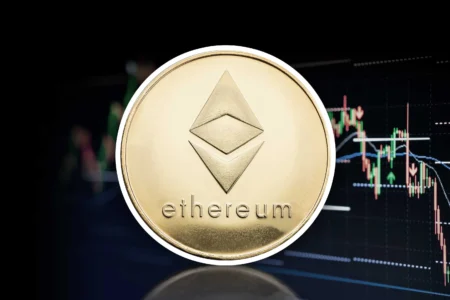Ethereum has cemented itself as the foundation of decentralized finance (DeFi), revolutionizing the way financial services operate. By enabling smart contracts and decentralized applications (dApps), Ethereum has given rise to an open, permissionless financial ecosystem. This article explores Ethereum’s role in DeFi, its key use cases, and the challenges and innovations shaping its future.
Why Ethereum Powers the DeFi Ecosystem
Ethereum’s ability to support smart contracts and decentralized applications has made it the go-to blockchain for DeFi. Here’s why:
- Smart Contracts: Ethereum’s programmable contracts allow financial transactions without intermediaries.
- Security and Decentralization: Ethereum’s PoS model enhances network security while maintaining decentralization.
- Interoperability: Ethereum’s ERC-20 standard enables seamless integration between DeFi platforms and tokens.
Key DeFi Applications on Ethereum
1. Decentralized Exchanges (DEXs)
DEXs like Uniswap, SushiSwap, and Curve allow users to trade cryptocurrencies without intermediaries. By utilizing automated market makers (AMMs), these platforms enable instant liquidity provision and decentralized trading.
2. Lending and Borrowing Protocols
Platforms like Aave, Compound, and MakerDAO allow users to lend and borrow assets using smart contracts. These protocols eliminate traditional banks, offering:
- Permissionless borrowing based on collateralized assets.
- Yield farming and interest generation for lenders.
3. Stablecoins and Synthetic Assets
Ethereum hosts major stablecoins like USDC, DAI, and USDT, which provide price stability within the DeFi ecosystem. Additionally, platforms like Synthetix allow users to create synthetic assets that track real-world prices.
4. Yield Farming and Staking
DeFi users can earn rewards by staking tokens or participating in liquidity mining on platforms like Yearn Finance and Convex Finance. These strategies generate passive income through incentives and governance tokens.
5. Decentralized Autonomous Organizations (DAOs)
Ethereum enables governance through DAOs, where users vote on protocol upgrades and financial decisions. Projects like MakerDAO and Curve DAO demonstrate how decentralized governance can manage financial protocols.
Challenges Facing Ethereum in DeFi
Despite Ethereum’s dominance, several challenges persist:
- High Gas Fees: Network congestion leads to expensive transactions, though Layer 2 solutions are helping reduce costs.
- Scalability Issues: Ethereum’s throughput is limited compared to traditional financial systems.
- Security Risks: Smart contract vulnerabilities and hacks remain concerns for users and developers.
Ethereum’s Innovations to Strengthen DeFi
Ethereum is actively evolving to address these challenges with key upgrades:
- Layer 2 Solutions (Optimistic Rollups & ZK-Rollups): Reduce fees and increase transaction speeds.
- Ethereum 2.0 Upgrades: Improve scalability and efficiency through Proto-Danksharding and Verkle Trees.
- Improved Smart Contract Security: Auditing frameworks and insurance protocols enhance security against exploits.
Conclusion
Ethereum’s role in DeFi is undeniable. As the backbone of decentralized finance, it powers lending, trading, staking, and governance across a global ecosystem. With continuous upgrades and innovations, Ethereum is set to further expand DeFi’s accessibility and efficiency, making it a crucial player in the future of finance.










